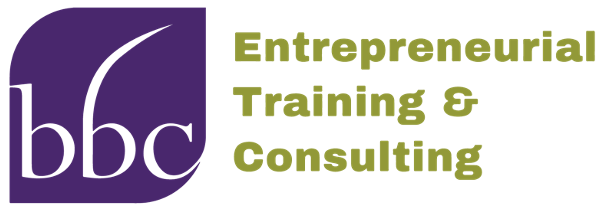A Technical Advisory Board (also known as a Scientific Advisory Board) can provide significant advantages to your start-up business when you are in the process of seeking funding  from equity investment or non-dilutive funding such as SBIR/STTR grants.
from equity investment or non-dilutive funding such as SBIR/STTR grants.
Most businesses create advisory boards when there are subject areas where objective expert outsiders can enhance the strategic and technical knowledge base of the management and Board of Directors. Experienced advisers not only bring deep subject matter expertise to extend the skills of the management team, but also help you understand your customer and your market from a different perspective. Besides the insight advisers bring, careful recruitment can also build the credibility of your technical team beyond your limited ability to hire.
If you don’t have a Technical Advisory Board established, here are a few considerations as you recruit and develop the advisory team:
- Purpose: Think carefully about why you’re establishing this Board. Recruit based on gaps in your management team’s technical expertise, aligning their interests and passions with those of your company so they will be fully engaged with your company.
- Start small: Don’t try to bring in too many people too quickly or you won’t be able to keep them engaged. Two to three members is a good size to start with.
- Compensation: Consider the commitment you are likely to see from each member, and why they are motivated to serve. Advisory board members choose to serve for a variety of reasons that range from ties of personal loyalty to direct compensation. The benefits or “compensation” may include:
- The interests of science SEO Company in Chennai
- Prestige, camaraderie and personal networkingSEO Company in Chennai
- Cash, stock or stock option compensation
- Cost defrayal for adviser and possibly spouse to attend meetings
- As a personal favor to company executives
- Involvement as paid consultant on grants or other projects
- Engage: Keep them actively involved with your start-up so they will be strong advocates who understand your business goals. This includes informal emails and communication, consistent meetings (generally once or twice a year) and regular requests for their involvement and input.
Once you have built your Technical Advisory Board, engage them to strengthen your SBIR/STTR proposals and projects:
- Use them to show the breadth of your team. Even though they may not be specifically conducting work on your SBIR project, leverage their involvement with your company by listing them and their expertise as “Other Resources”.
- Build company credibility by including a description of your Technical Advisory Board in your Commercialization section, including any background they may have bringing technologies to market.
- Remember that SBIR proposals must be innovative, and these experts can provide a conduit for cutting edge ideas.
- Ask them to read and edit your SBIR proposals for technical soundness and clarity before you submit.
A carefully constructed Technical Advisory Board takes time and effort to maintain, but these benefits can make it well worth your while.
~~~~~~~~~~~~~~~~~~~~
Becky Aistrup is Managing Partner of BBCetc

